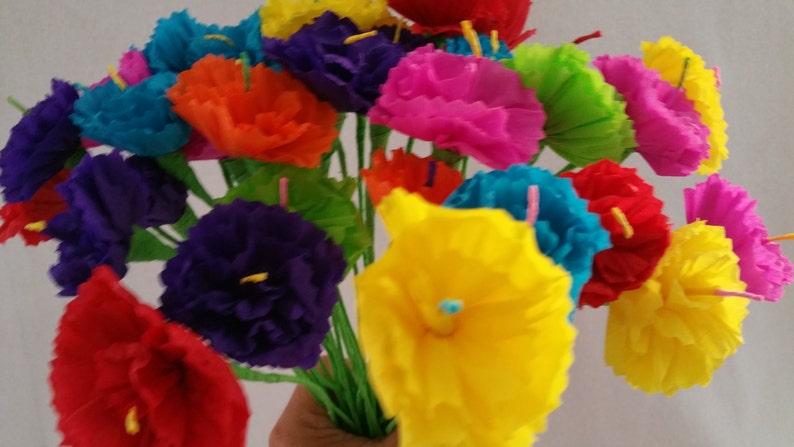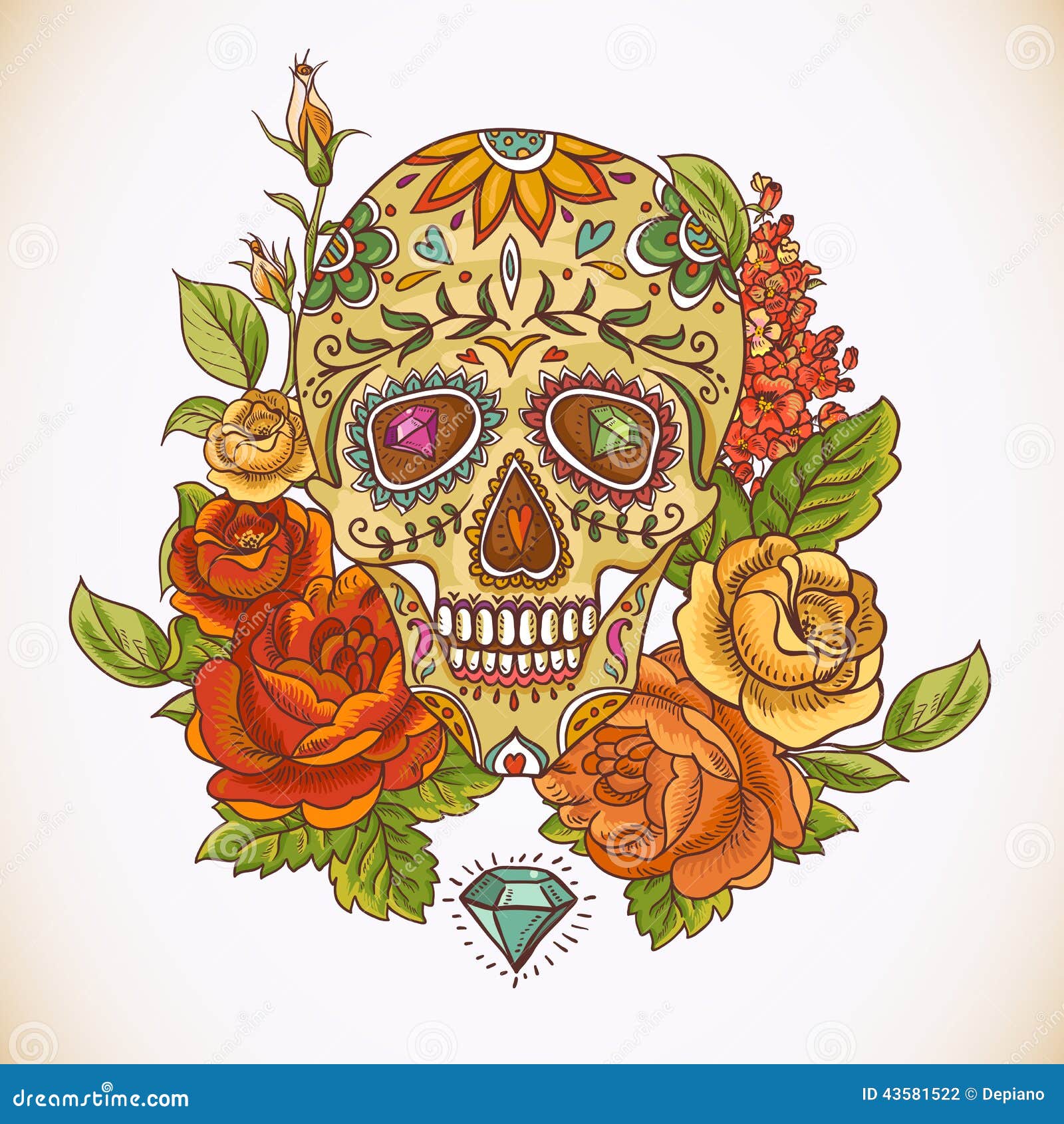

Papel picado, or traditional paper banners, represent the wind.

Water is left in a pitcher so the spirits can quench their thirst. They place down pictures of the deceased, along with items that belonged to them and objects that serve as a reminder of their lives.Įvery ofrenda also includes the four elements: water, wind, earth and fire. This temporary altar is a way for families to honor their loved ones and provide them what they need on their journey. The ofrenda is often the most recognized symbol of Dia de los Muertos. Like any other celebration, Dia de los Muertos is filled with music and dancing. Dia de los Muertos is an opportunity to remember and celebrate the lives of departed loved ones. Rather than death ending life, they believed that new life came from death. Dia de los Muertos is often celebrated on November 1 as a day to remember children who have passed away, and on November 2 to honor adults.Īncient Mesoamericans believed that death was part of the journey of life. After the arrival of the Spanish, this ritual of commemorating the dead was intertwined with two Spanish holidays: All Saints Day (Nov. Certain months were dedicated to remembering the departed, based on whether the deceased was an adult or a child. It originated in Mexico and Central Americaĭia de los Muertos originated in ancient Mesoamerica (Mexico and northern Central America) where indigenous groups, including Aztec, Maya and Toltec, had specific times when they commemorated their loved ones who had passed away. While Halloween is celebrated October 31, Dia de los Muertos is celebrated right after, on Nov. Here are five things you should know about Dia de los Muertos: What do sugar skulls, marigolds and monarch butterflies have in common? Just like pumpkins, witches and black cats are quintessential symbols of Halloween, these objects are associated with a different holiday: Dia de los Muertos, or Day of the Dead.


 0 kommentar(er)
0 kommentar(er)
